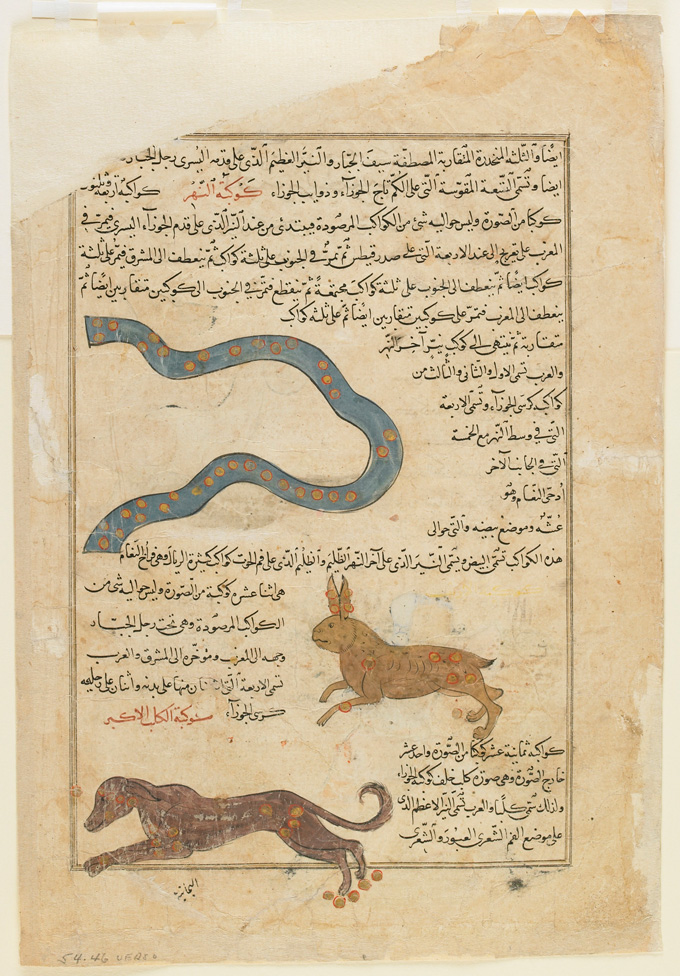ramonmercado
CyberPunk
- Joined
- Aug 19, 2003
- Messages
- 58,830
- Location
- Eblana
Clever use of leftovers.
Sometime between around 29,000 and 14,000 years ago, hunter-gatherers navigating northern Eurasia’s frigid landscapes turned wolves into dogs by feeding them lean-meat leftovers.
That, at least, is a likely scenario that would have benefited both wolves and people, say archaeologist Maria Lahtinen of the Finnish Food Authority in Helsinki and colleagues. In harsh Ice Age winters, when game hunted by both species was lean and fat-free, prey animals would have provided more protein than humans could safely consume, the researchers conclude January 7 in Scientific Reports. People could have fed surplus lean meat to captured wolf pups being raised as pets because the animals wouldn’t have had the same dietary limitations, the team proposes.
That idea is largely based on inferences from previous research on how ancient hunter-gatherers survived in arctic environments and new calculations suggesting that, for dietary reasons, Ice Age groups could not have eaten all of the lean meat that was hunted. Though far from the final word on the controversial origins of dogs (SN: 5/21/15), Lahtinen’s group offers a novel take on how that process may have unfolded. ...
https://www.sciencenews.org/article/ice-age-hunters-leftovers-may-have-fueled-dog-domestication
Sometime between around 29,000 and 14,000 years ago, hunter-gatherers navigating northern Eurasia’s frigid landscapes turned wolves into dogs by feeding them lean-meat leftovers.
That, at least, is a likely scenario that would have benefited both wolves and people, say archaeologist Maria Lahtinen of the Finnish Food Authority in Helsinki and colleagues. In harsh Ice Age winters, when game hunted by both species was lean and fat-free, prey animals would have provided more protein than humans could safely consume, the researchers conclude January 7 in Scientific Reports. People could have fed surplus lean meat to captured wolf pups being raised as pets because the animals wouldn’t have had the same dietary limitations, the team proposes.
That idea is largely based on inferences from previous research on how ancient hunter-gatherers survived in arctic environments and new calculations suggesting that, for dietary reasons, Ice Age groups could not have eaten all of the lean meat that was hunted. Though far from the final word on the controversial origins of dogs (SN: 5/21/15), Lahtinen’s group offers a novel take on how that process may have unfolded. ...
https://www.sciencenews.org/article/ice-age-hunters-leftovers-may-have-fueled-dog-domestication





